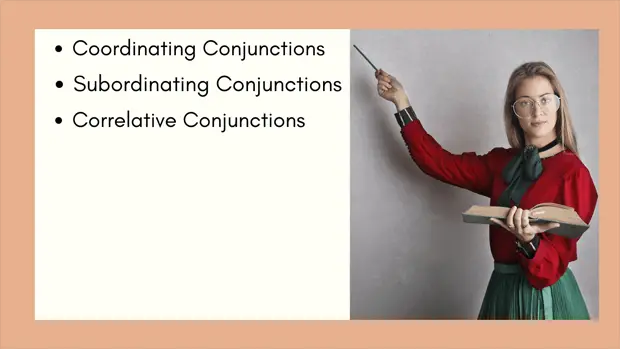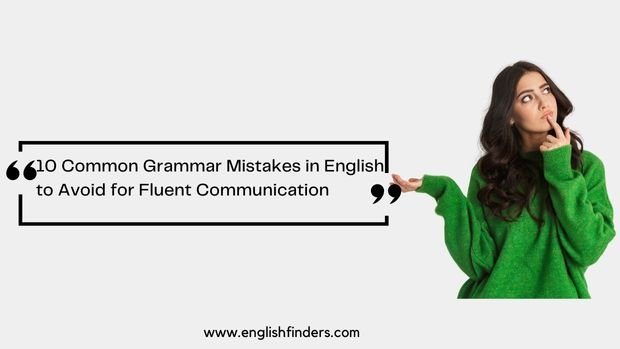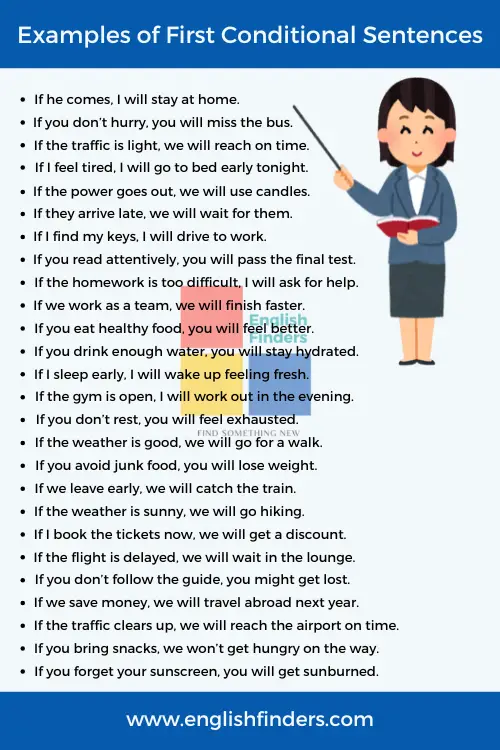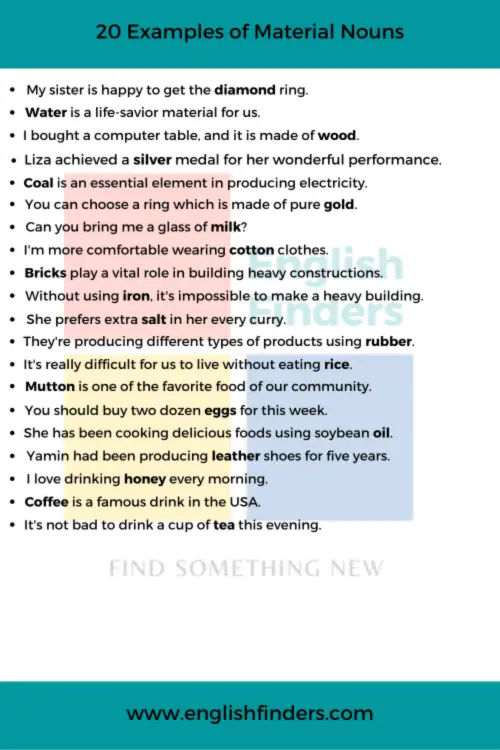Last updated on May 25th, 2025 at 10:57 pm
Conjunction plays a vital role in connecting one word to another word or one clause to another clause. A conjunction mainly connects two similar parts of speech. This is how a noun is joined to another noun or a pronoun; a verb to another verb; an adjective to another adjective; an adverb to another adverb, etc. In this lesson, we’ll learn the three Types of Conjunctions, including their definitions and examples.
What is a Conjunction?
Quick Navigation
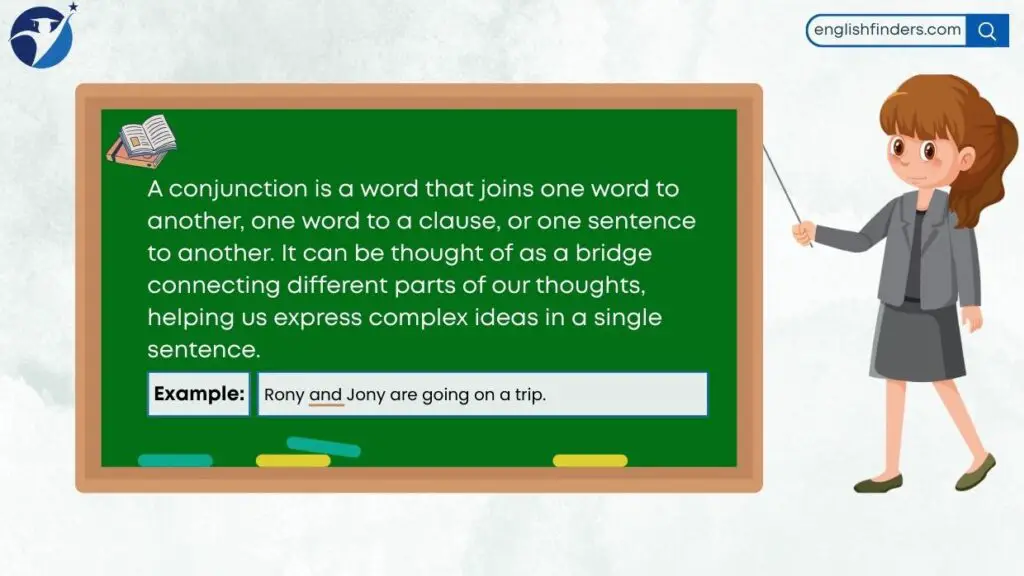
Let us know the definition of a conjunction. A conjunction is a word or “part of speech” that joins one word to another word, one word to a clause, or one sentence to another sentence. We can think of a conjunction as a bridge that connects different parts of our thoughts, helping us express complex ideas in a single sentence. Without using conjunctions, our sentences would be choppy and disjointed.
For example, in the sentence: “I wanted to take part in the program, but you rejected me.” In the sentence, “but” is used as a conjunction that connects the two clauses. This is how conjunctions play a vital role in sentence structure, enabling us to combine ideas seamlessly and make our speech and writing more dynamic.
Let us see some other examples of conjunctions to get a clear idea about conjunctions in English.
- Rony and Jony are going on a trip.
- He is happy but misses his parents.
- They are so nervous that they cannot interpret the story.
- Lukas and I play Ludo together.
- Neither he nor you accepts the request.
Types of Conjunctions
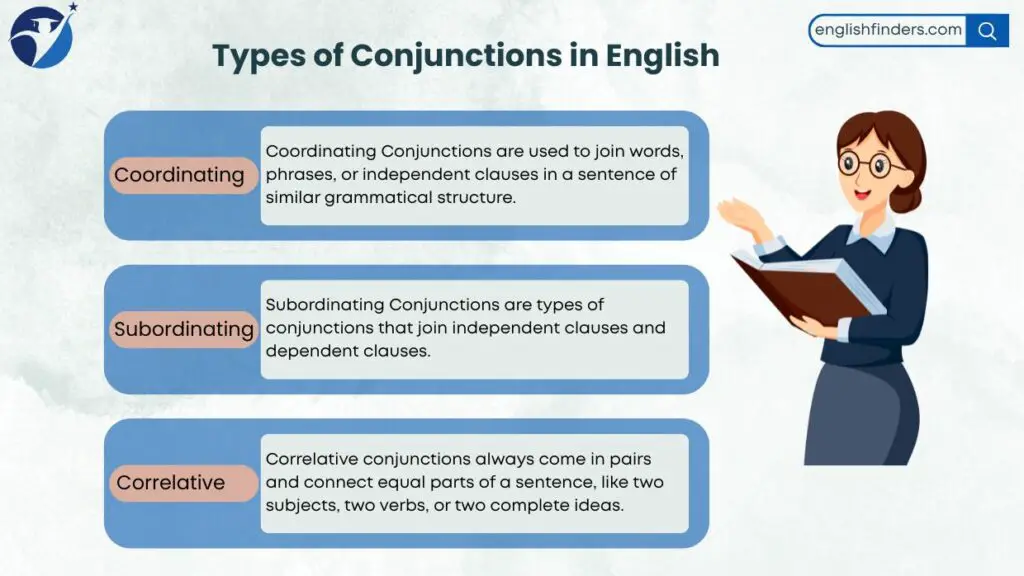
Conjunctions are of three types. They are:
- Coordinating Conjunctions
- Subordinating Conjunctions
- Correlative Conjunctions
1. Coordinating Conjunctions
Coordinating Conjunctions are used to join words, phrases, or independent clauses in a sentence of similar grammatical structure. Now you may have a question on “What are the coordinating conjunctions,” right?
Well, in English grammar, there are the seven most common Coordinating Conjunctions. They are; and, but, or, for, yet, nor, and so.
The FANBOYS Trick
As we know, there are only seven coordinating conjunctions, and you can easily remember them with the acronym FANBOYS:
| Letter | Conjunction | Meaning | Example Sentence |
|---|---|---|---|
| F | For | Gives a reason | I worked here, for it was my duty. |
| A | And | Adds one idea to another | She sings and plays the guitar. |
| N | Nor | Adds a negative idea | He doesn’t like tea, nor does he like coffee. |
| B | But | Shows contrast | I wanted to go out, but it was late. |
| O | Or | Shows a choice | Do you want a car or a bike? |
| Y | Yet | Shows contrast (like “but”) | It’s cold, yet he’s wearing shorts. |
| S | So | Shows a result | I was hungry, so I made a sandwich. |
Let us see some examples of coordinating conjunctions in sentences:
- Jim and Mim play basketball.
- He failed the examination but never gave up.
- Practice more, or you’ll be eliminated from the competition.
- He left the office, yet he had many tasks to do.
- He is poor so he doesn’t earn a living.
- He didn’t accept the matter nor agree.
- I’m happy to see you, but I miss our old days.
- Sweety is good at English, and she will get a good result.
- Follow your teacher’s instructions, or you’ll miss a lot of things.
2. Subordinating Conjunctions
Subordinating Conjunctions are types of conjunctions that join independent clauses and dependent clauses. There are many Subordinating Conjunctions in the English language.
Common Subordinating Conjunctions
Here are some of the most common ones:
- though
- although
- when
- since
- unless
- if
- before
- while
- because
- after
- even though
Let us see some examples of Subordinating Conjunctions in sentences:
- Though he was sick, he finished his homework.
- Since I am happy, I miss my family.
- When you came here, she went to her campus.
- You know where your brother spends his leisure time.
- If you agree with me, I will start the business with you.
- Take a break till you recover from the disease.
- Don’t bother him until he finishes his work.
- He behaves as if he knows everything.
- I am here because you invited me.
- He came after I had finished my breakfast.
3. Correlative Conjunctions
Now let’s talk about a special type of conjunction—correlative conjunctions. These conjunctions always come in pairs and work together to connect equal parts of a sentence, like two subjects, two verbs, or two complete ideas. These types of conjunctions are called Correlative Conjunctions. There are many Correlative Conjunctions in the English language.
Common Correlative Conjunction Pairs
| Correlative Pair | Example Sentence |
|---|---|
| both … and | Both the teacher and the students were happy. |
| either … or | You can either come with us or stay home. |
| neither … nor | She likes neither apples nor oranges. |
| not only … but also | He is not only smart but also kind. |
| whether … or | I don’t know whether he’ll call or text. |
Let us see some examples of Correlative Conjunctions in sentences:
- Either you or I will fix the issue with the computer.
- Neither he nor she attends the program.
- Not only you but also we face the same challenge.
- He works so hard that he can feed his family.
- No sooner had I gone to my college than my friends left.
- He is both happy and sad.
- Hardly had I made the food when my sister stayed in New York.
- Not only does he write articles, but also he continues them regularly.
- She is such a beautiful girl that everyone praises her for that.
- Either Kareem or Rakeen follows your guidelines.
Final Thoughts
Conjunctions may seem small or simple words but they are powerful tools that shape the flow and clarity of our writing. They help us to transform our sentences from basic to complex. They also make our writing more engaging and dynamic. So it’s very important for us to learn different types of conjunctions and their usage.
Frequently Asked Questions
What is a conjunction?
A conjunction is a word or part of speech that connects one word to another word, phrase, and clause.
What are the types of conjunctions?
Conjunctions are of three types; They are: Coordinating conjunctions, subordinating conjunctions, and correlative conjunctions.
What is the difference between coordinating and subordinating conjunctions?
Coordinating conjunctions connect equal elements, while subordinating conjunctions connect a dependent clause to an independent one.
Types of Conjunctions Quiz

Azizul Hakim is the founder & CEO of englishfinders.com. He is a passionate writer, English instructor, and content creator. He has completed his graduation and post-graduation in English language and literature.

